Frame Damage Specialists: Advanced Tools Repair Precision

Frame damage specialists now employ advanced tools like laser welding systems, CAD software, and 3D…….
In the realm of construction and architectural heritage, the concept of ‘Frame Damage Specialists’ has emerged as a critical component in preserving and restoring structures. This specialized field focuses on mitigating and rectifying damage to building frames, which is a pivotal aspect of ensuring structural integrity and longevity. The role of these specialists is especially pertinent in an era where historical buildings face various challenges, from natural disasters to urban development pressures. This article aims to provide an extensive exploration of frame damage specialists, their functions, impact, and future potential, offering valuable insights for professionals, researchers, and enthusiasts alike.
Frame damage specialists are experts in the field of structural engineering and preservation who specialize in assessing, repairing, and reinforcing building frames. The term encompasses a range of professionals, including engineers, conservators, and skilled craftsmen, all working collaboratively to address issues related to the structural frame. These specialists focus on three primary aspects:
Identification and Assessment: They employ advanced techniques and tools to detect damage or weakness in the building’s frame, which might include wooden trusses, steel beams, or concrete structures. This involves visual inspections, non-destructive testing methods, and sophisticated imaging technologies.
Restoration and Repair: Once damage is identified, specialists devise tailored solutions. This could range from simple repairs like replacing rotten timbers to complex structural modifications to enhance load-bearing capacity. They use traditional craftsmanship and modern engineering techniques to restore the frame’s integrity.
Reinforcement and Preservation: To ensure long-term stability, specialists employ advanced reinforcement methods, such as carbon fiber wrapping or steel plating, to strengthen critical areas. They also implement preservation strategies, including moisture control and protective coatings, to prevent future deterioration.
Historically, the need for frame damage specialists has grown with the increasing recognition of the value of architectural heritage. As buildings age, natural elements, and human interventions take their toll, specialized knowledge becomes essential to preserve these structures while ensuring safety and structural soundness.
The influence of frame damage specialists extends across borders, impacting various regions with distinct cultural and architectural heritages. Here’s an overview:
Europe: Countries like Germany and the United Kingdom have a rich history of stone and brick construction, leading to a high demand for specialists in restoring ancient castles, cathedrals, and historical landmarks. The European Union’s emphasis on cultural preservation has further fueled this field’s growth.
North America: The United States and Canada face unique challenges, from severe weather events to urban expansion. Specialists here often deal with wooden structures damaged by fire, water, or pests, as well as reinforcing older concrete frames.
Asia: Countries like Japan and China present intriguing cases due to their traditional architectural styles. Japanese specialists focus on preserving ancient timber structures, while Chinese experts work on restoring grand historical buildings with intricate structural systems.
Global Trends: International collaboration is a notable trend, with specialists sharing knowledge and techniques through conferences and workshops. The use of digital technologies, such as 3D modeling and drone inspections, is also gaining traction, revolutionizing the way damage is assessed and repaired.
The economic landscape surrounding frame damage specialists is dynamic and multifaceted.
Market Size: The global structural restoration market, which includes frame damage restoration as a significant segment, was valued at USD 57.8 billion in 2021 and is projected to grow at a CAGR of 6.5% from 2022 to 2030 (Source: Grand View Research). This growth is attributed to the increasing focus on heritage preservation and the rising number of aging structures worldwide.
Investment Patterns: Private investments in historical building restoration, including frame damage mitigation, have been steadily increasing. Governments also contribute through grants and funding for cultural heritage projects, ensuring the continuity of specialized services.
Cost Analysis: The cost of hiring frame damage specialists varies based on location, complexity of work, and size of the project. According to industry sources, restoration projects can range from $50 to $500 per square foot, with larger, more intricate structures costing significantly more.
Technological breakthroughs have played a pivotal role in enhancing the capabilities of frame damage specialists. Here are some key advancements:
Drone Inspection: Unmanned Aerial Vehicles (UAVs) equipped with high-resolution cameras and LiDAR sensors enable rapid and detailed inspections of hard-to-reach areas, providing valuable data for assessment and planning.
3D Modeling and Digital Twin Technology: Creating digital replicas of structures allows specialists to simulate structural behavior, plan repairs, and predict the impact of various interventions before implementation.
Advanced Materials: The development of lightweight, high-strength materials like carbon fiber composites offers efficient reinforcement options, reducing material costs and construction time.
Preservation Treatments: Innovations in preservation techniques, such as advanced moisture-curing polymers and protective coatings, provide long-lasting solutions for wood, metal, and concrete structures.
The field of frame damage specialists operates within a framework of policies and regulations designed to ensure safety, quality, and ethical practices.
Building Codes and Standards: Local and national building codes dictate structural requirements, including minimum load-bearing capacities and material specifications. Specialists must adhere to these standards during restoration and reinforcement.
Historical Preservation Laws: Many countries have laws protecting historical buildings, requiring specialists to balance restoration with preservation. The U.S. National Historic Preservation Act is a notable example, influencing practices in North America.
Professional Licensing: In many jurisdictions, structural engineers and conservators must be licensed or certified, ensuring they meet educational and practical standards. This ensures the competence of specialists in their respective fields.
Despite its significance, the field of frame damage specialists faces several challenges and criticisms. Addressing these issues is crucial for the long-term success of this specialized sector.
Skill Gap: The demand for skilled specialists often exceeds supply, leading to a skill gap. Training programs and apprenticeships are essential to fostering a capable workforce.
Cost Considerations: Restoration projects can be expensive, making it challenging for owners of smaller or historically significant structures to access necessary funds. Governments and cultural organizations play a vital role in providing financial support.
Public Awareness: Raising public awareness about the importance of structural preservation is crucial. Education campaigns can help garner support and understanding for the work of frame damage specialists.
Critical Damage Assessment: Accurately assessing critical damage, especially in historic structures, is challenging due to the complex nature of traditional construction methods. Continuous research and development are needed to refine assessment techniques.
The following case studies highlight successful applications of frame damage specialist services, offering valuable insights into their impact.
Case Study 1: Restoring a Victorian Townhouse in London
A Victorian townhouse in central London suffered extensive water damage due to roof leaks and rising damp. Specialists conducted a thorough assessment, identifying structural elements at risk. They implemented a multi-phase restoration plan, including replacing rot-damaged timbers, reinforcing the exterior walls with carbon fiber wraps, and installing a sophisticated moisture control system. The project successfully restored the building’s integrity while preserving its historic charm.
Case Study 2: Preserving a Japanese Temple
A renowned Buddhist temple in Kyoto was facing structural decline due to centuries of exposure to harsh weather conditions. Frame damage specialists were hired to assess and restore the main hall, which featured intricate wooden beams and columns. They used traditional Japanese preservation techniques, including natural moisture-curing woods and specialized coatings, ensuring the temple’s longevity while respecting its cultural significance.
Case Study 3: Reinforcing a Modern Skyscraper
A high-rise commercial building in New York City exhibited signs of structural instability due to excessive wind loading and aging concrete frames. Specialists conducted advanced testing and modeled the structure’s behavior to determine reinforcement needs. They implemented targeted reinforcement using steel plates and carbon fiber bars, significantly improving the building’s structural integrity without significant alteration to its exterior.
The field of frame damage specialists is poised for continued growth and evolution, driven by various factors.
Sustainability Focus: As environmental concerns grow, specialists will increasingly incorporate sustainable materials and practices into restoration projects, aiming for minimal ecological footprints.
Digital Twin Integration: The integration of digital twins with physical structures will enable more efficient monitoring and maintenance, predicting potential issues before they arise.
Global Collaboration: International partnerships and knowledge-sharing will intensify, fostering innovative solutions and best practices.
Specialized Services: As buildings age, the demand for highly specialized services, such as historic building restoration and conservation, is expected to rise.
Frame damage specialists play a pivotal role in safeguarding our built environment, ensuring that structures remain safe, strong, and aesthetically appealing for future generations. From historical landmarks to modern skyscrapers, their expertise is indispensable. As the world continues to grapple with the challenges of preservation, these specialists will be at the forefront, leveraging technology, innovation, and traditional craftsmanship to protect our architectural heritage.
Q: How do I know if my building needs frame damage restoration?
A: If you notice signs of structural instability, such as cracks in walls or uneven floors, or if the building has experienced water damage, pest infestation, or fire, it may require frame damage assessment. Regular inspections by specialists can also help identify potential issues early.
Q: What makes traditional wooden frames susceptible to damage?
A: Wooden frames are vulnerable to rot, insect infestation, and weather conditions like rain and humidity. Over time, these factors weaken the structure, making repairs or replacement necessary.
Q: How do I choose a reputable frame damage specialist?
A: Look for specialists with relevant certifications, extensive experience, and a proven track record. Request references and case studies to assess their capabilities. Check local licensing requirements and ensure they adhere to industry standards.
Q: Can frame damage restoration be environmentally friendly?
A: Yes, many modern preservation techniques are designed with sustainability in mind. Using eco-friendly materials, minimizing waste, and employing energy-efficient practices can make restoration projects more environmentally sustainable.
Q: How much does frame damage restoration cost?
A: Costs vary widely depending on the project’s scope and complexity. It’s best to obtain detailed quotes from several specialists, considering both the financial impact and the long-term benefits of a restored structure.

Frame damage specialists now employ advanced tools like laser welding systems, CAD software, and 3D…….

Frame damage specialists are key to restoring vehicle safety and handling after accidents. They util…….
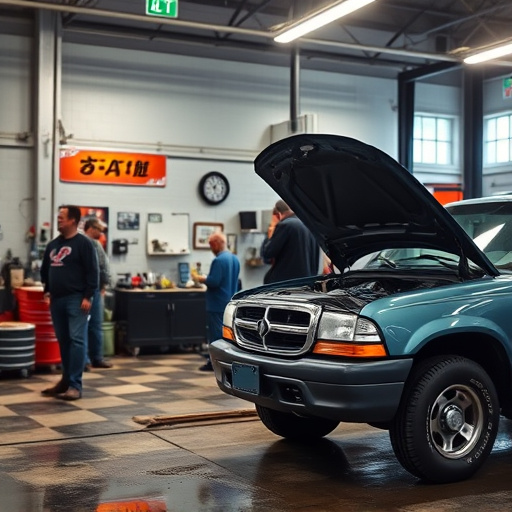
Frame damage specialists employ advanced tools and techniques to inspect and restore vehicle frames,…….
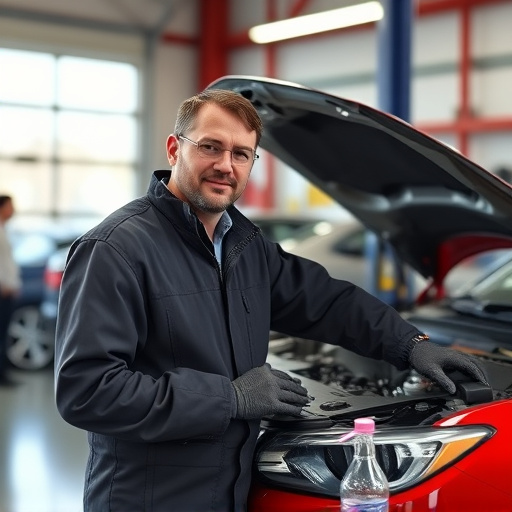
Frame damage specialists are crucial for auto restoration, addressing structural issues caused by ac…….
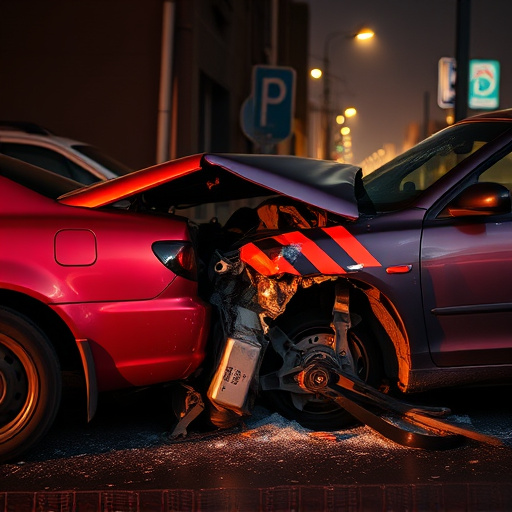
Frame damage specialists are crucial for restoring vehicles after severe accidents. They assess and…….

Frame damage specialists are automotive experts with specialized knowledge and advanced tools like l…….
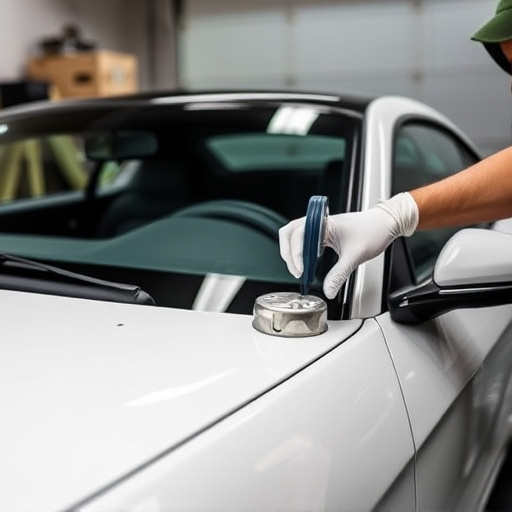
Frame damage specialists play a crucial role in the automotive industry, ensuring vehicle safety and…….

Frame damage specialists use advanced tech like laser scanners and 3D measurement to uncover subtle…….
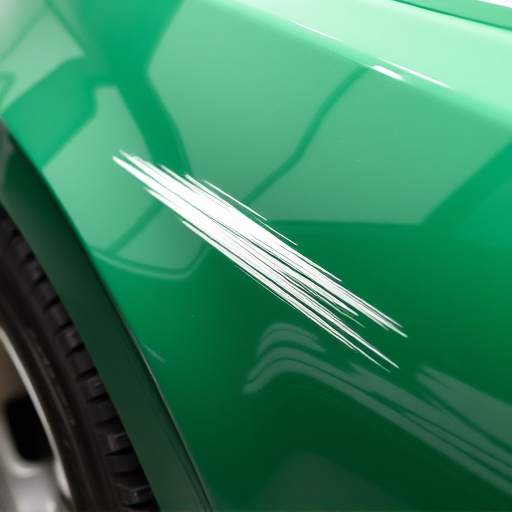
Frame damage specialists use advanced tech like CAD imaging and laser alignment to accurately repair…….